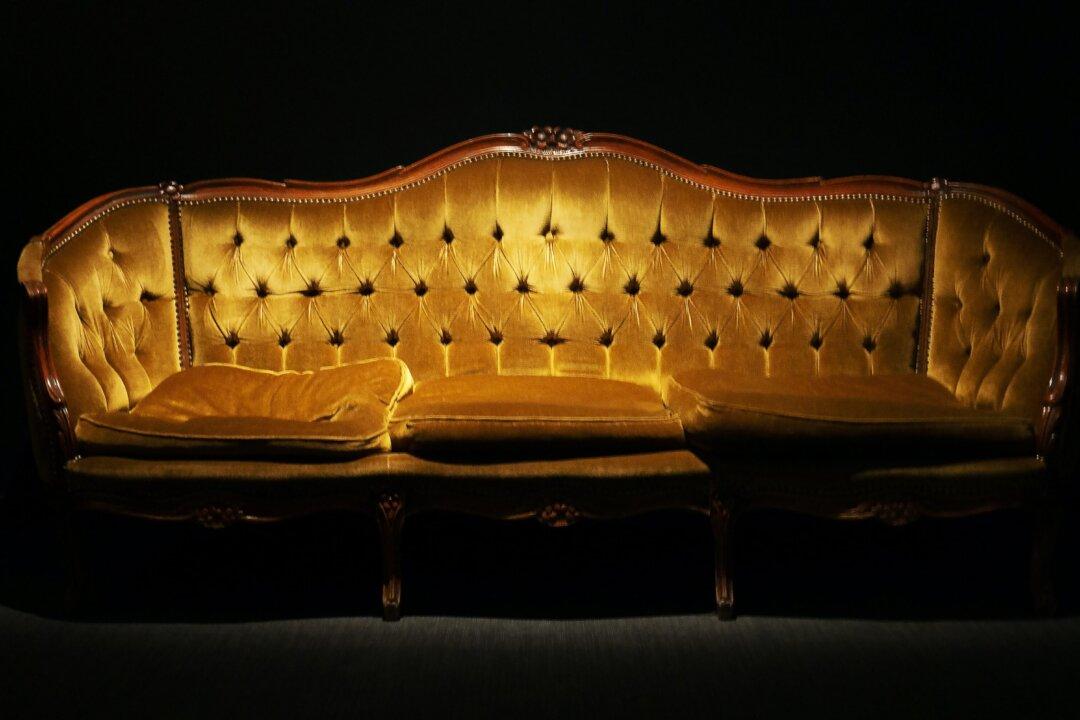Antiques and vintage items have long been centerpieces of style, but the experience of shopping for them, as well as second-hand contemporary pieces, has changed dramatically in recent years.
Antiquing used to be about attending fairs, rummaging through shops, and going to auctions. While the thrill of the hunt was great for some, it was a tedious way to find truly outstanding pieces to fit one’s style.






